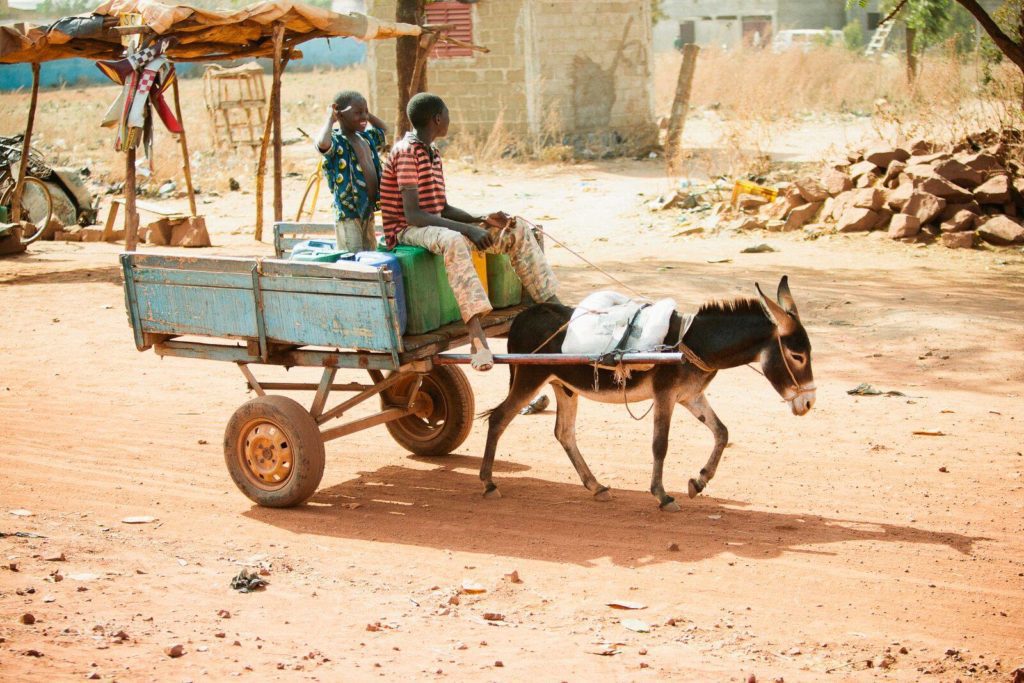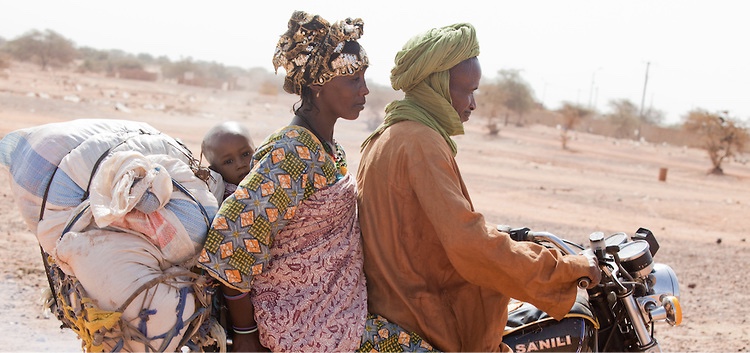Yes. Timbuktu is a real place…
Timbuktu conjures up images in our mind of a far off land and long camel caravans out on the edge of the sand-strewn Sahara — a remoteness so legendary that the ancient city is still a byword for the end of the earth.
True to our minds imagery, Timbuktu is, in fact, a city of beige. The sand on the streets only a shade paler than the banco clay that lines the walls. Once revered as “The City of Gold” and great learning, now stands as a monochromatic scene with splashes of pale green from the tiny leaves of thorn trees.
Modern-day Timbuktu is an impoverished town, poor even by third-world standards. Lack of maternal care and devastatingly high infant mortality rates stifle the people’s chances to live a full and healthy life.
The medical needs in West Africa are great, especially for women and children.
Among the the top 10 highest infant mortality rates in the world.
1 in 10 children will die during the birthing process in Mali.
1 in 20 women will die due to a complication associated with childbirth.
1 in 5 children will die before the age of 10.
1 doctor for every 12,500 people in Mali
With an overwhelming task at hand, Global Partners in Hope (GPiH) is committed to improving these stats and providing quality healthcare throughout West Africa by constructing new clinics. In Mali, GPiH has opened 2 clinics which has expanded access to healthcare for 40,000 people. Though the lives of many have been elevated, timely access to the clinic is limited. Many people live many miles away from the clinic, and when sickness or emergency strikes, their only form of transportation is by donkey cart or by foot.


MATTER is partnering with GPiH to make a life-saving, game-changing improvement in emergency transportation. The people of Timbuktu will no longer travel by donkey or on foot, but rather by the support of two ambulances that will arrive in February.
The ambulances are preparing to start their journey to Timbuktu at the beginning of next week – stay tuned for more updates as we travel with the ambulances from Minnesota to Timbuktu.

